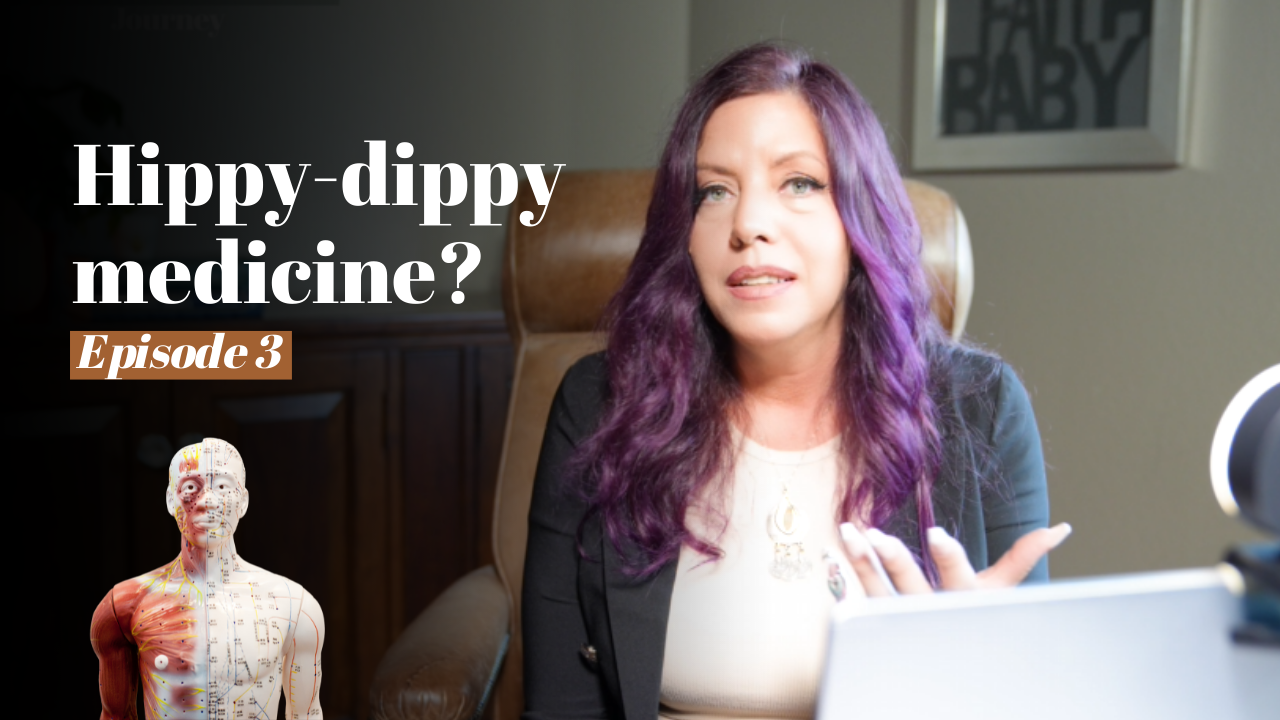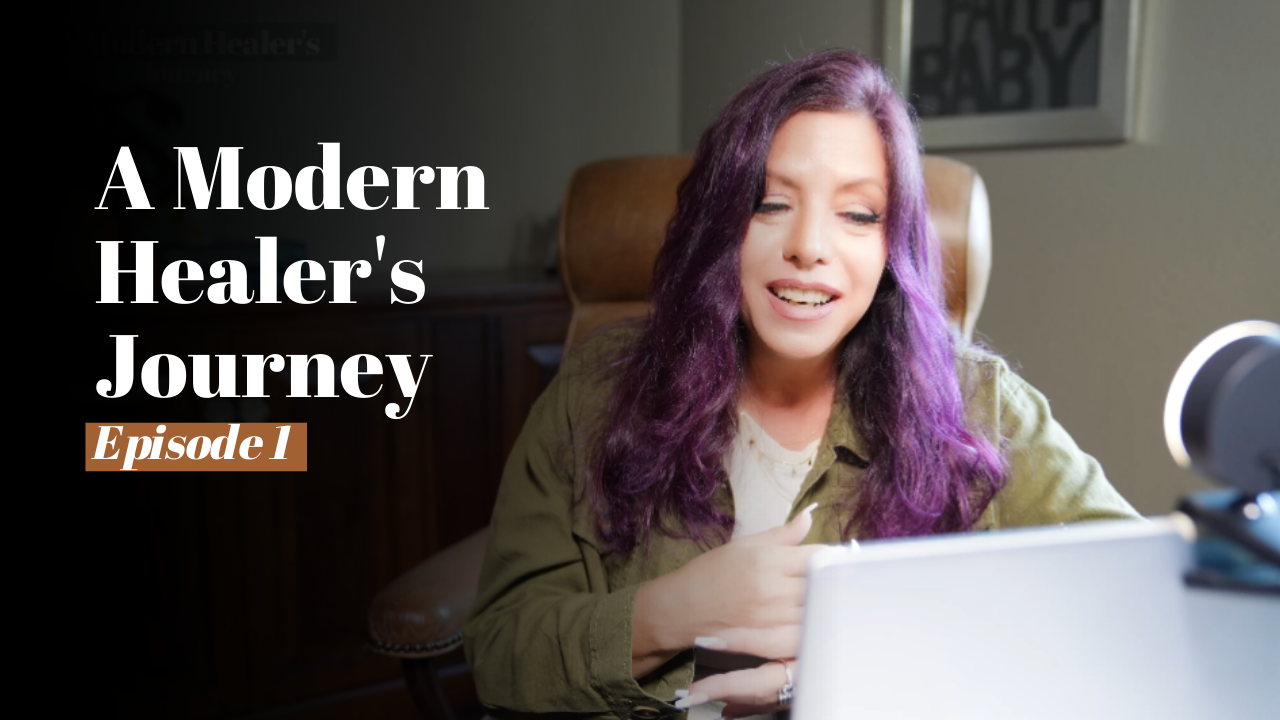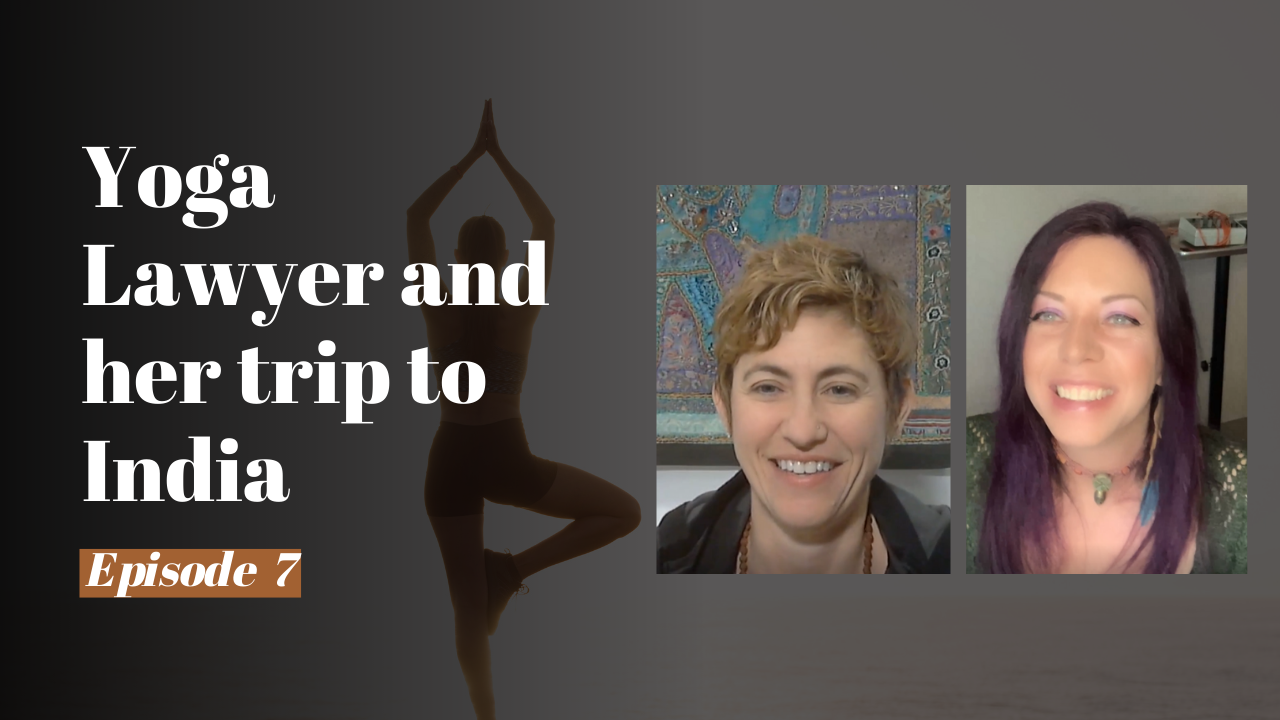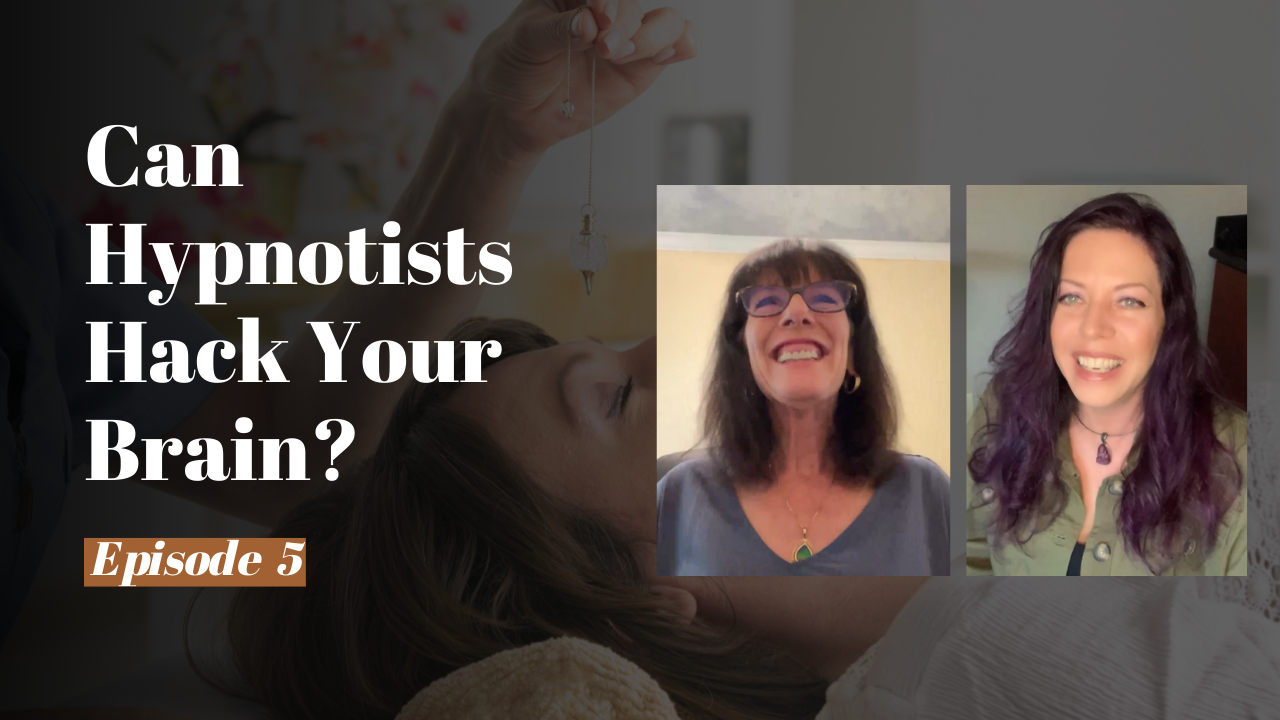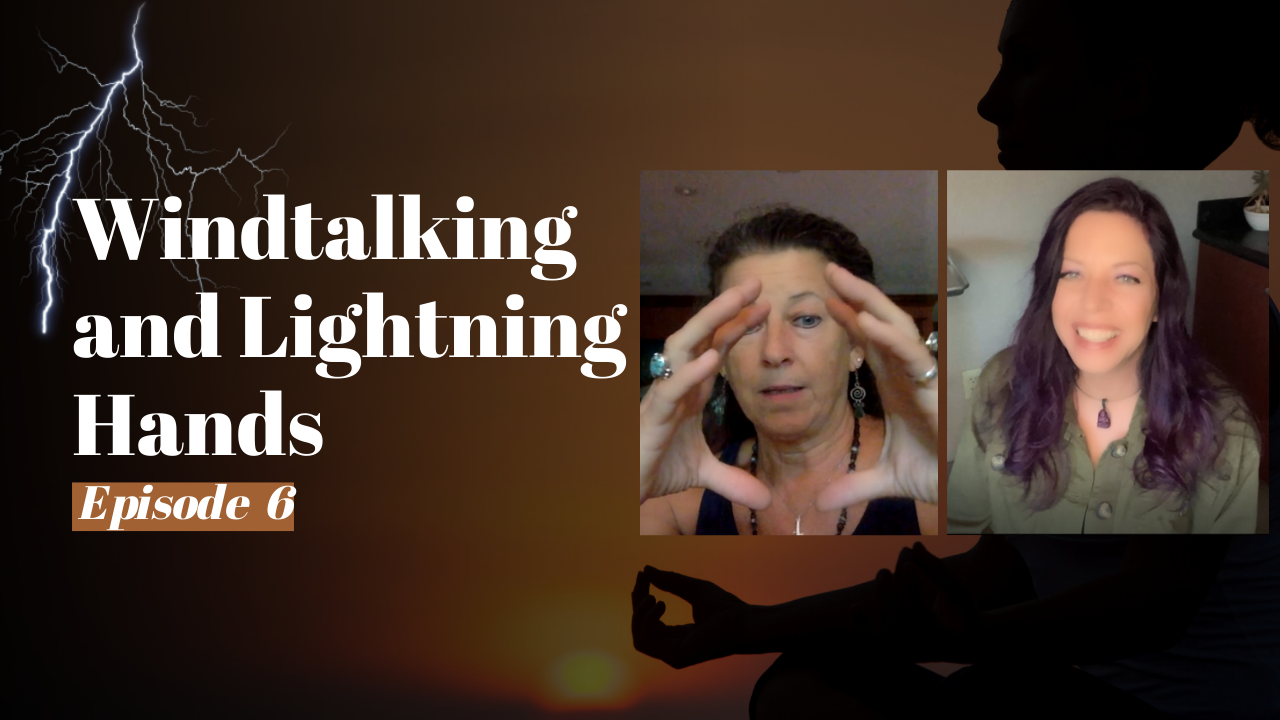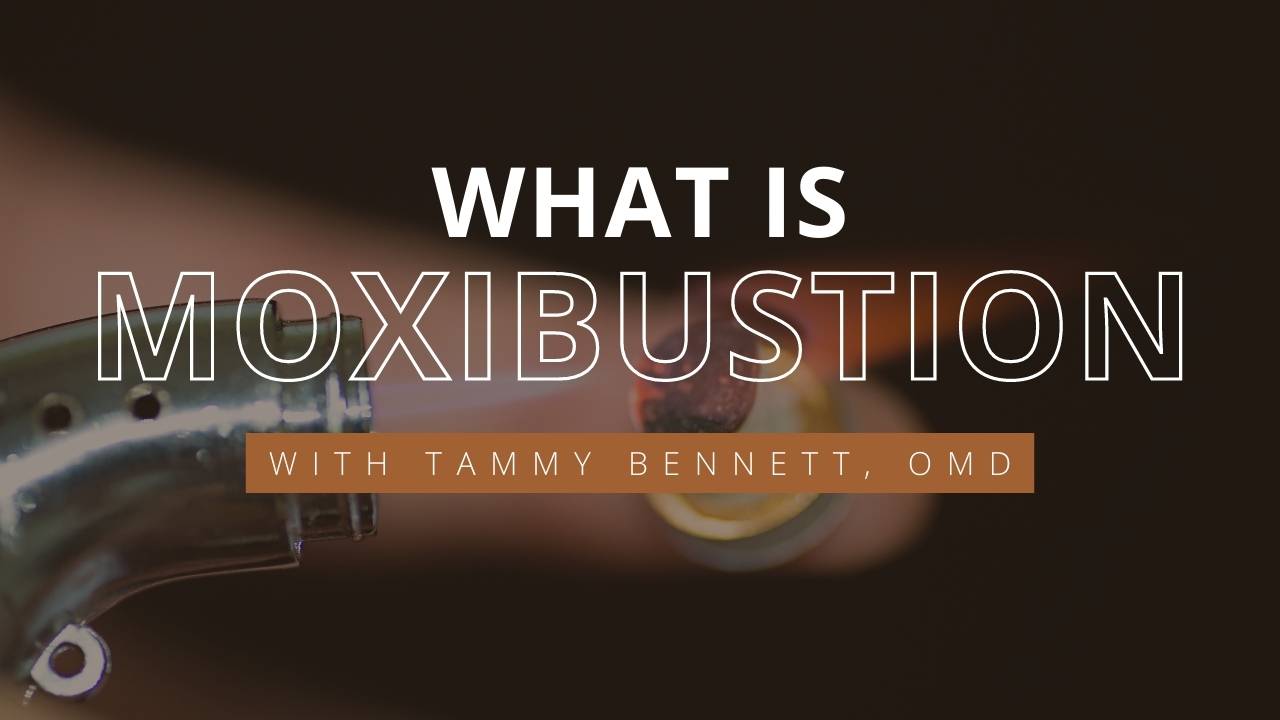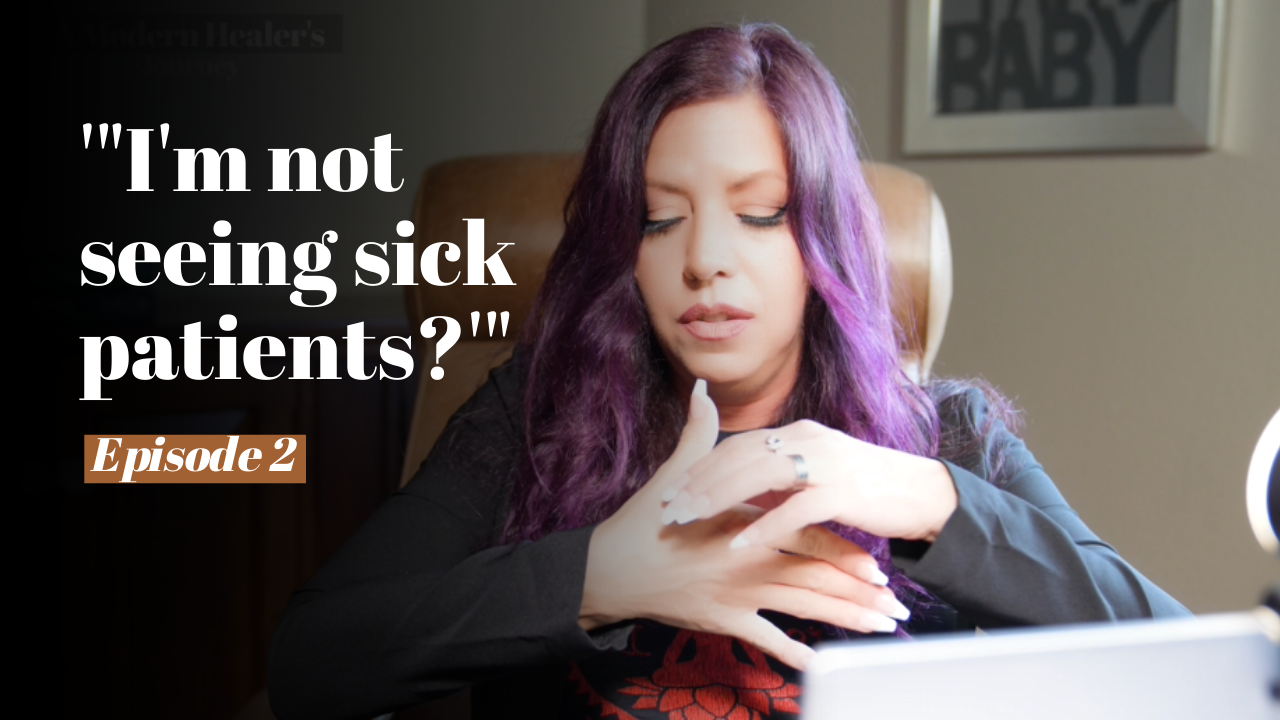In this video, I tell you the story of Acupuncture and how it came to the United States.
Stay healthy and stay curious!
Subscribe on my YouTube Channel: Tammy Bennett, OMD
Follow me on Rumble: Tammy Bennett
Contact me on my website www.tammybennettomd.com
Transcript
Unknown Speaker 0:00 Hey guys, thanks for coming back. It's Tammy Bennett OMD Oriental medicine doctor and I'm going to talk to you today about hippie dippie voodoo medicine, of which acupuncture is not. So I want to clarify that there is hard science behind what acupuncture is and does and I'm going to give you a brief history lesson about acupuncture in the United States. Unknown Speaker 0:31 Initially, in the early 1970s, Henry Kissinger traveled to China for peace talks. And during that trip, one of his members of his crew, and I believe he was a reporter, I don't know which paper that he wrote for, but he fell ill with an appendicitis and post operatively. They used acupuncture to relieve his pain. And from that point forward, acupuncture has been acknowledged in the States as a form of pain relief. It took many years after that for the United States to adopt laws and rules and regulations surrounding acupuncture. However, one of the things that is important for you to know is a study that was conducted about how acupuncture works. It was in the early 1960s, that a Korean researcher named Kim Bong Han, started investigating how acupuncture needles were doing what they were doing, which was helping to relieve pain, for migraines, back pain, post operative pain, rheumatism, arthritis, and so on down the line. And so Kimbo Han took his group of researchers and started studying the lymph system, and the neuro muscular system, as well as the vascular system. He actually called the acupuncture system, primo vessel, that's p r, I M O primo vessel. So years later, they weren't really able to duplicate Kimball and Hans research. So a Frenchman named Pierre de Virgil actually picked it back up and started doing imaging studies using acupuncture. And basically what they did was they would take an acupuncture point, put a needle into it, and inject a radioactive isotope, into the acupuncture point and through gamma imaging, follow the acupuncture meridian, through the body, where the acupuncture needle was inserted, and it followed a very specific pattern each time, they challenged their work by injecting non acupuncture points with radioactive isotopes into non points. And seeing that the radioactive dye would then disperse in the gamma imaging camera so it wouldn't follow a direction at all. So that once and for all that work with the Verna Joel actually solidified the fact that acupuncture worked on a subsystem that we were not aware of in the United States and other researchers weren't aware of, until that point in time. And that's when acupuncture really gained its popularity throughout the world. Not so much Asia, because in Asia, they were using acupuncture for 1000s and 1000s of years. The story goes that acupuncture is roughly 5000 years old, and sometimes the Chinese and the Japanese quarrel who started it first. I'm not sure I wasn't there. So I can't explain it. But I can tell you that from a scientific standpoint, you can do your research on acupuncture, and you'll find the information about the very initial and the work that Kim von Hahn did. Ironically enough, Kim Bong Han disappeared, his research was abandoned. And since 2011, nobody's known where he's been. So I just gave you a big data dump about the history of acupuncture. And I wanted to add something that some of you may not be aware of. The concept of meridians is actually not a difficult concept, especially when you use an analogy to what a meridian actually is. I like to think of meridians as highways with on and off ramps, the on and off ramps are the acupuncture points that have lots of traffic and activity going on around them. I remember studying acupuncture someone 30 years ago, and I found a book that contains some information about archeological digs that were conducted in China. And the fact that they found these dolls that had more meridian lines on them and dots on them. And people didn't really know what it meant for years until they connected, theoretically, the dots to the meridian lines and some of the work that's been conducted with some of the researchers that I just mentioned, Governor General and Kanban Han. And it's it's interesting to note that those meridians systems, even though it seems like those pathways are just underneath the skin, they can actually be deeper than just the subcutaneous level. When you insert an acupuncture needle into the skin, it goes in, you know, a couple of millimeters, sometimes a few centimeters. But the way that the meridian lines work, they actually have external and internal branches that connect to different organ systems. So you'll hear people reference, the liver meridian, or the gallbladder meridian, or the bladder meridian. And with over 1000 acupuncture points on the human body on along these meridian lines. It's fascinating to me that the dollars that they uncovered in those archeological digs, and the way that the research was conducted by bung Han and Virgil are so extremely similar, you would think that a doll from 5000 years ago that was unearthed in a dig would be off, you know, by however many centimeters or millimeters, but the idea of those meridian lines being where they are, and the research that was conducted, especially with the radioactive isotopes, showing the meridian lines, it's pretty impressive how accurate that information is. Unknown Speaker 6:48 So I know I data dumped on you pretty good today, and I appreciate you sticking with me. Unknown Speaker 6:53 You can stay connected with me by following me on rumble. You can join my website, which is Tammy Bennett omd.com and sign up on the email list. You can send me requests for shows and I'll stay connected with you that way. And you can also Unknown Speaker 7:07 subscribe to this YouTube channel. I'll see you soon

